Click on image for full size
Corel Photography
Salts included in the Earth's early ocean
We all know that salt is a big part of the ocean water today. Two things help scientists figure out what chemicals may have been part of the Earth's early oceans. Igneous rocks are made of iron, aluminum, silicon, and magnesium (
the silicates), and these components are easily destroyed by
acids. There are very little
sedimentary rocks of ages older than 2.5 billion years (see
geologic time). (The absence of sedimentary rocks leads scientists to a number of hypothesis, either
- 1.) there must have been mostly igneous rocks at the beginning of time
- 2.) maybe the Earth was covered with water everywhere such that change of igneous to sedimentary rock took a long time (turbulent action in rivers and streams is required to break igneous rock apart).
- 3.)possibly sedimentary rocks were destroyed by metamorphism in the early days rather than as today by erosion.
So igneous rocks must have been the only rocks around.)
Anyway, in an environment with no oxygen such as that of the early Earth, the waste products of erosion by acid, namely chlorine and iron from the rocks and the acid, had no where to go but to accumulate in the ocean. Thus the early ocean was full of chrorine and iron.
What induced a change into this environment was the introduction of free oxygen due to the photosynthetic activity of early bacteria. Free oxygen is an agent of change, ready to attack other molecules and react with them. In the early ocean environment, oxygen attacked iron.
You might also be interested in:

Eventually, as with the development of photosynthesis along sulfur and methane pathways, where sulfur and methane products are produced, photosynthesis along the oxygen pathway, where oxygen is produced,
...more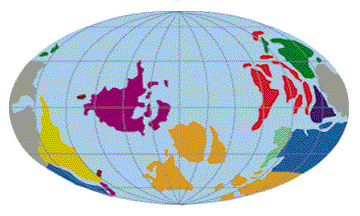
The Archean is the name of the age which began with the forming Earth. The duration of the Archean, 2.8 billion years, is more than half the expected age of the Earth. We don't know much about this period,
...more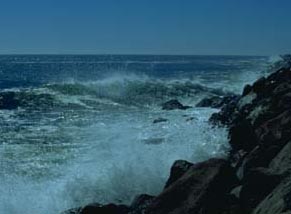
We all know that salt is a big part of the ocean water today. Two things help scientists figure out what chemicals may have been part of the Earth's early oceans. Igneous rocks are made of iron, aluminum,
...more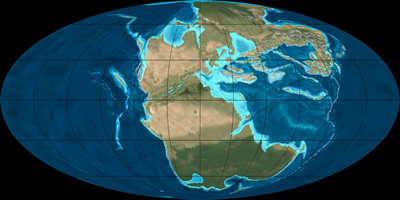
This period of time in Earth's history is a period when dinosaurs roamed the Earth. This period lasted 37 Million years. During this time, the continents we know today were combined into a giant continent
...more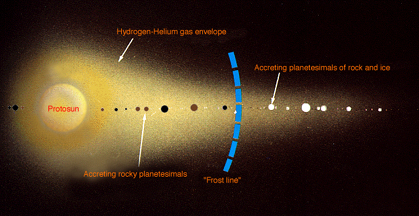
There are quite a few theories about the origin of the heavy molecules which comprise the Earths atmosphere today. Since all the planets including Earth were still forming during the Suns T-Tauri phase,
...more
An ocean began to form on Earth as soon as the temperature fell from very hot, to about room temperature, a temperature where liquid water is stable. According to the Goldilocks theory, Earth is at just
...more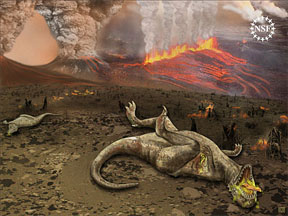
Why did the dinosaurs go extinct? No one knows for sure, and scientists have come up with a number of theories to explain why the dinosaurs suddenly died out about 65 million years ago. The most prominent
...more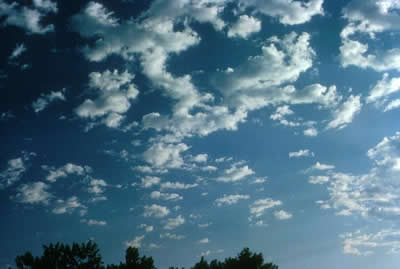
Altocumulus clouds (weather symbol - Ac), are made primarily of liquid water and have a thickness of 1 km. They are part of the Middle Cloud group (2000-7000m up). They are grayish-white with one part
...more













